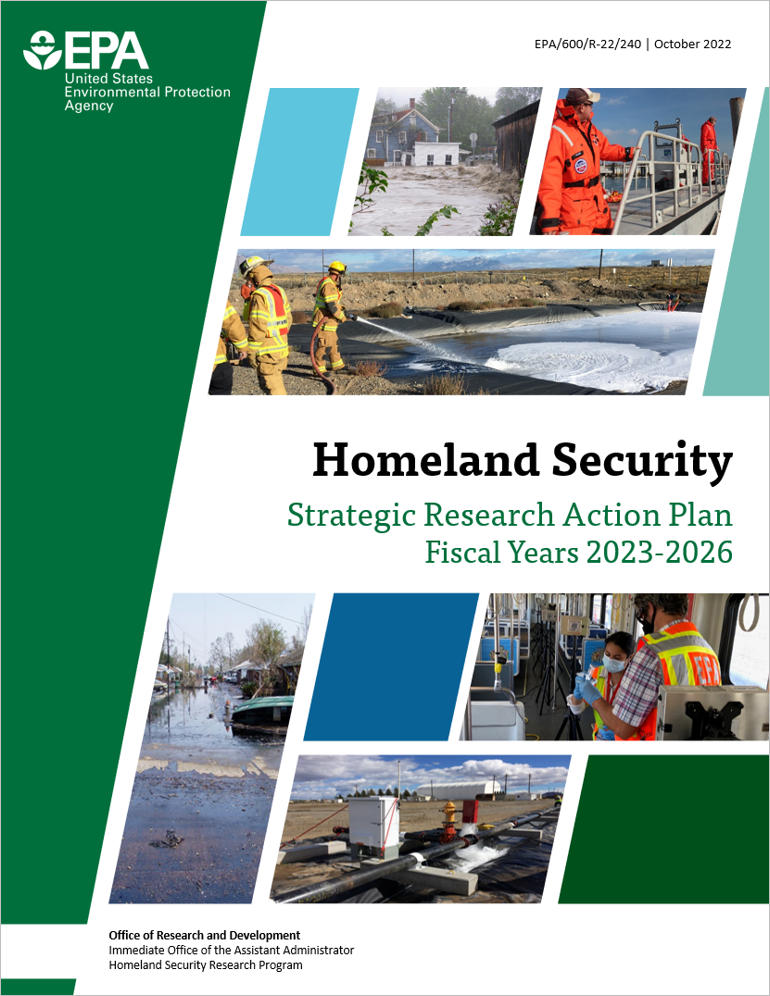About the Homeland Security Research Program
What We Do
EPA’s Homeland Security (HS) Research Program addresses science gaps related to oil spill response, protecting water systems, and cleanup of wide areas contaminated with high-priority Homeland Security Chemical, Biological, Radiological, and Nuclear agents. This includes contamination incidents due to natural disasters, pathogens that cause communicable diseases, covert release of chemicals, and agricultural incidents with animal and crop diseases.
Visit our research pages: Emergency Response Research
Directors
Shawn Ryan, National Program Director
- Phone: 919-541-0699
- Email: ryan.shawn@epa.gov
Sang Don Lee, Principal Associate National Program Director
- Phone: 919-541-4531
- Email: lee.sangdon@epa.gov

